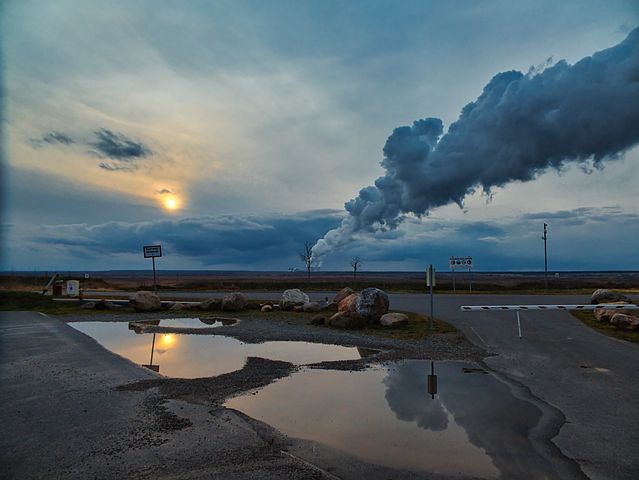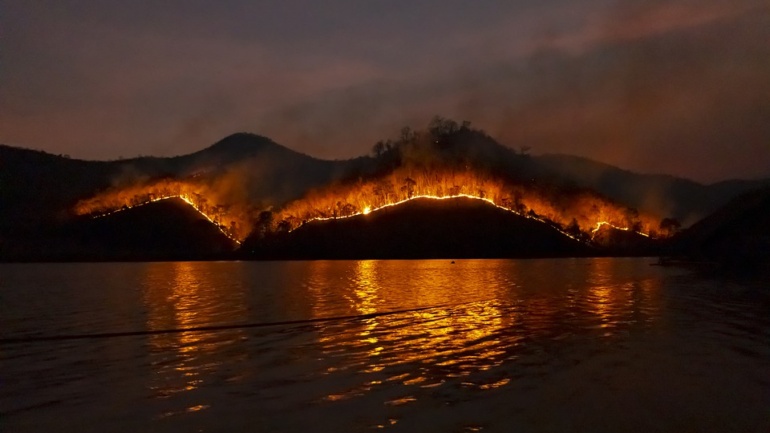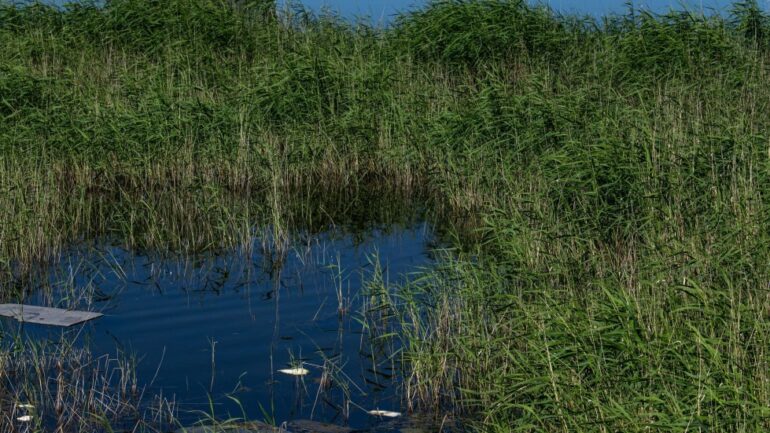By Taylor Schaefer, staff writer for Save The Water™ | December 2, 2014
Coal-fired power plants create around 140 million ton of fly ash and other combustion wastes every year (2). The wastes created from the power plants contain some of the most toxic metals such as titanium, mantancse, arsenic, mercury, lead and molybdenum (1). Since coal waste sites around the country are not subject to federal regulation, many of these deadly pollutants have contaminated the groundwater and other fresh water sources (2). Not only can this poison fish and other wildlife, it can cause cancer and other potential life-damaging illnesses.
Recent contamination in Wisconsin has many residents concerned about how the coal ash is being disposed. By classifying coal as an “industrial byproduct” companies are entitled to place contaminated ash under roads and building as a fill (4). When coal ash is combined with building materials the chances of contamination are very minimal. However, when used as a fill there is no separation between ash and soil, leaving contaminants exposed to groundwater (4).
An organization called Clean Wisconsin conducted a study that found almost 1,000 wells, which provide drinking water for thousands of residents, were contaminated from coal ash (4). It was also found that one in five wells located near a plant in Wisconsin had excessive levels of molybdenum (4). The United States EPA states that no child should drink water containing more than 80 parts per billion (ppb) of molybdenum. Besides the developmental and reproductive problems, molybdeum is also linked with cancer. Clean Wisconsin’s study found dangerous levels up to 138 ppb around an elementary school near the coal plant (4).
Wisconsin is not the only state under scrutiny for coal ash contamination. Last February nearly 39,000 tons of toxic coal sludge entered into the North Carolina River by a Duke Energy plant (5). After cleaning up 3,000 tons, the company states that their cleanup is finished (5). With 92 percent of the toxic metals still covering 70 miles of the river bottom, environmental advocates are not pleased (5). Brian Williams of the Dan River Basin Association contested that, “This stuff is not just going to go to the bottom and stay there and not harm the environment.” Some other places with high concentration of coal ash generation include the state of Pennsylvania, which ranks first in the nation, with over 15.4 million tons annually. Texas comes in second with 13.1 tons (3).
With unregulated companies tainting the country’s fresh drinking water supply with deadly pollutants, groups such as Clean Wisconsin and Dan River Basin Association are outraged that companies are not forced to do more thorough testing on different types of coal ash and create a more transparent public record of where the ash is used (4). It is recommended by environmental specialists that polyethylene liners be inserted into the coal ash ponds in order to limit direct contact with underlying soil (4). They also insist that groundwater monitoring be required in the use of coal ash, especially when used as fill. Groups are also advocating for coal ash to be considered an official hazardous waste (4).
Coal ash contamination has become a serious national concern. According to the EPA, the United states has over 1,000 operating coal ash landfills and ponds around the country (2). Since waste sites are not subject to any federal regulation, it is imperative that the public is aware of their states known cases of contamination. To find out more about where your states stands in regards to coal ash generation and major dumping sites go to Earthjustice.com (3).
Sources:
- D. S. Cherry arid, R. K. Guthric. December 1997. AMERICAN WATER RESOURCES ASSOCIATION. “Toxic Metals in Surface Waters from Coal Ash.”
http://www.readcube.com/articles/10.1111%2Fj.1752-1688.1977.tb02093.x?r3_referer=wol&tracking_action=preview_click&show_checkout=1. Accessed November 25, 2014
- EarthJustice. 2014. “Coal Ash Contaminated Sites”
http://earthjustice.org/features/coal-ash-contaminated-sites. Accessed November 25,2014
- EarthJustice. 2014. “How safe is your State?”
http://earthjustice.org/features/campaigns/state-fact-sheets-on-coal-ash. Accessed November 25,2014
- Kari Lydersen. November 18, 2014. Midwestern Energy News. “Study: Wisconsin groundwater contaminated by coal ash.”
https://energynews.us/2014/11/18/midwest/study-wisconsin-groundwater-contaminated-by-coal-ash/. Accessed November 25,2014
- Zoe Schlanger. July 21,2014. Newsweek. “With 92% of Coal Ash Still Coating North Carolina River Bed, Duke Energy Declares Cleanup Complete.”
https://www.newsweek.com/92-coal-ash-still-coating-north-carolina-river-duke-energy-declares-cleanup-260084. Accessed November 25,2014





